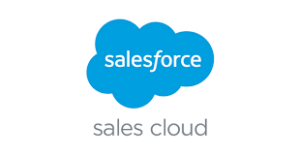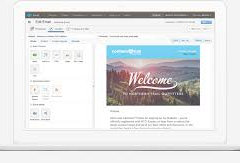A 1-to-few ABM marketing approach, often referred to as ABM Lite or account segmentation. In this strategy, marketers target a select group of second-tier named accounts, typically numbering between five to ten. These key accounts, or ICPs (ideal customer profiles) should be the most likely to generate the highest revenue.
Unlike the highly personalized nature of true one-to-one ABM, ABM Lite focuses on personalized campaigns tailored to a small group of individuals or companies sharing similar characteristics, such as industry, size, growth signals, region, tech investments, or pain points.
The 1:Few ABM approach involves sales and marketing teams identifying target accounts with common challenges, goals, and needs. While not as individually tailored as one-to-one ABM, it demands substantial research, preparation, and skill to generate high-value opportunities among both new and existing accounts.
Account based marketing is traditionally a B2B or B2B2C tool. But transitioning to an ABM strategy can be challenging for companies. Tectonic covers many aspects of ABM in our insights section.
The strategy and scope of a 1:Few ABM campaign require a holistic approach to planning, content development, and account nurturing. ABM requires tailoring your marketing efforts to meet the unique needs and preferences of individual accounts, with the end goal to build stronger relationships, drive revenue growth, and maximize customer lifetime value.
Key considerations include:
- Duration: A 1:Few ABM campaign typically spans 6 to 12 months, allowing for continued testing and learning based on outcomes.
- Targets: Thorough research is essential to identify target accounts within the same industry, sharing similar attributes and pain points. Developing buyer personas and understanding their position in the sales funnel and buyer’s journey is crucial.
- Team and Roles: Collaboration between sales and marketing is paramount in 1:Few ABM. The ABM Agency plays a crucial role in strengthening this relationship, ensuring effective communication throughout the marketing program.
- Goals and KPIs: Defining success metrics is a crucial step. Whether it’s expanding business within current accounts or increasing engagement within a specific group, the ABM Agency assists in setting clear goals and measurable key performance indicators (KPIs).
Embracing a 1:Few ABM strategy requires careful planning and execution, emphasizing collaboration across the sales and marketing teams, and continuous learning throughout the campaign’s duration.
Account Based Marketing can drive up to three times the conversions of traditional marketing, making it a great addition to your overall marketing efforts.
Tectonic looks forward to assisting you in implementing Salesforce and ABM strategies.












